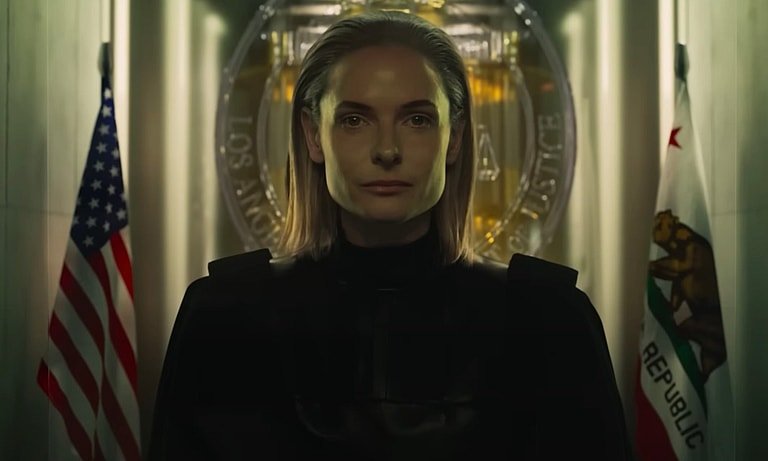Joker: Folie à Deux
/Resisting the rumour that the sequel might well be more akin to a jukebox musical than a drama that incorporates musical numbers per se, the first full trailer for the sequel to 2019’s Joker exhibits some restraint in this regard. Instead, it opts for a measured orchestration for a single song. “What the World Needs Now is Love”, a 1965 classic composed by Burt Bacharach with lyrics by Hal David. It was first made popular in a performance by Jackie DeShannon and now finds a revival here.
The first thirty seconds involves a bed of piano playing the theme with choir and strings, as we see Joker (Arthur Fleck, played by Joaquin Phoenix) first meet Harley Quinn (Lady Gaga, or Stefani Germanotta). We find her singing in a choir in Arkham Asylum, where Fleck was committed at the end of the first film. The choral sound isn’t meant to be diegetic, but it clearly comments on the situation as Fleck passes by the choir. At 0:21, strings enter with a pedal tone in the upper register, expanding outwards at 0:31 with the bird's-eye view shot at 0:31. All the while the music acts as a kind of intro to the main theme.
At 0:45 the screen turns black, and the music begins a crescendo, with brass notably entering. We see the Joker in full makeup at 0:52 holding a mic on stage, with makeup revealed at the top of the musical phrase. At 0:58 the music re-enters as a series of harp arpeggios, with the vocals entering soon after, functioning like an extended upbeat.
At 1:12 the music plays at full tempo, reverting from the image of Joker in makeup on stage to Arthur Fleck (e.g. without makeup) and Harley Quinn in the rain and on the street—as the cover of the song goes, “what the world needs now is love, sweet love”—and on the face of it, it seems downright normal. That’s the idea of this film franchise, at least according to the trailer—it thoroughly humanizes who’s thought to be an inexcusable villain within the Batman franchise. And in doing so, the music takes on the character of a waltz.
At 1:36, after an action montage, we hear a prolonged cadence with the harmony moving upwards stepwise. With it, we attend to Fleck’s declaration “I’m not alone anymore”—and just after that, we hear a discordant harmony borrowing the parallel minor sixth. Simply, it sounds profound and revelatory—because, borrowing from another key, it really is. Notice at 1:41 a quick synch point between Joker smashing the stool and the downbeat, as well as the dramatically different scene taking place immediately after with Joker and Quinn dancing in formal wear on a rooftop. Phoenix’s signature Joker laugh then works in tandem with chromatically descending orchestration to deliver the climactic point.
The piano and choir return at 1:57; this is an effective return to the first segment and a reminder of the relationship Joker and Harley Quinn appear to have, with the music here representing a far gentler and more sensitive inner world. Whether or not that corresponds to what the film will deliver is another matter (the trailer to the first Joker notably omitted the film’s violence, aiming with its “Smile” cover song to portray a misunderstood clown). Finally, notice how the final chord isn’t quite resolved—instead adding a bass note in the relative minor key. It’s a subtle but effective denouement, reinforcing that for all the beauty one can find, this is still a film about a man—and now, a couple—whose state of mind is precarious at best.
“Joker: Folie à Deux” hits theatres October 4th, 2024.
— Curtis Perry







